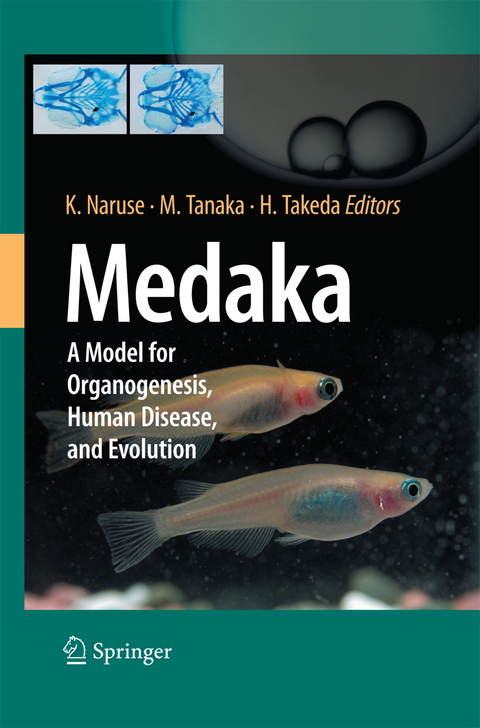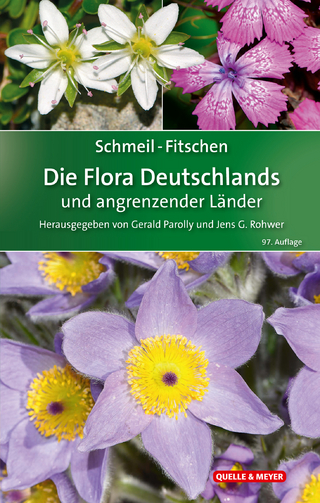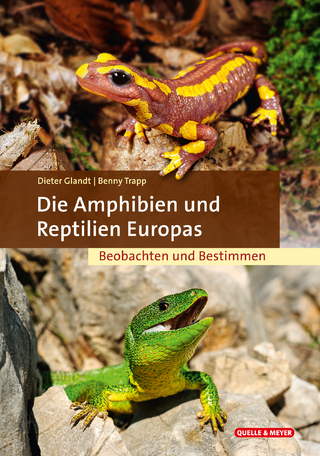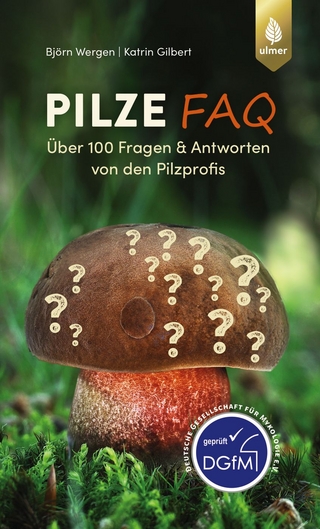
Medaka
Springer Verlag, Japan
978-4-431-54707-5 (ISBN)
1 A Glance at the Past of Medaka Fish Biology.-Part I Genomics, Genetics, and Resources.-2 Genetics, Genomics, and Biological Resources in the Medaka, Oryzias latipes.-3 Chromatin-Associated Periodicity in Genetic Variation Downstream of Transcriptional Start Sites.-4 Transposable Elements Tol1 and Tol2 5 A Systematic Screen for Mutations Affecting Organogenesis in Medaka.-Part II Organogenesis and Disease Models.-6 Medaka Bone Development.-7 Anatomical Atlas of Blood Vascular System of Medaka.-8 Kidney Development, Regeneration, and Polycystic Kidney Disease in Medaka.-9 Primary Ciliary Dyskinesia in Fish: The Analysis of a Novel Medaka Mutant Kintoun.-10 p53-Defi cient Medaka Created by TILLING.-11 Medaka Spontaneous Mutants for Body Coloration.-12 Craniofacial Traits.-13 Double Anal Fin (Da): A Medaka Mutant Exhibiting a Mirror-Image Pattern Duplication of the Dorsal–Ventral Axis.-Part III Germ Cells, Sex Determination, and Reproduction.-14 Interaction of Germ Cells and Gonadal Somatic Cells During Gonadal Formation.-15 Frequent Turnover of Sex Chromosomes in the Medaka Fishes.-16 Function of the Medaka Male Sex-Determining Gene.-17 The Sex-Determining Gene in Medaka.-18 Endocrine Regulation of Oogenesis in the Medaka, Oryzias latipes.-19 Interspecifi c Medaka Hybrids as Experimental Models for Investigating Cell Division and Germ Cell Development.-Part IV Evolution.-20 Reconstruction of the Vertebrate Ancestral Genome Reveals Dynamic Genome Reorganization in Early Vertebrates.-21 Genome Duplication and Subfunction Partitioning: Sox9 in Medaka and Other Vertebrates.-22 Human Population Genetics Meets Medaka.-23 Evolution of the Major Histocompatibility Complex: A Lesson from the Oryzias Species.-24 Molecular Evolution of Teleostean Hatching Enzymes and Their Egg Envelope Digestion Mechanism: An Aspect of Co-Evolution of Protease and Substrate.-Index.
| Erscheint lt. Verlag | 12.10.2014 |
|---|---|
| Zusatzinfo | XVII, 387 p. |
| Verlagsort | Tokyo |
| Sprache | englisch |
| Maße | 155 x 235 mm |
| Gewicht | 623 g |
| Themenwelt | Sachbuch/Ratgeber ► Natur / Technik ► Naturführer |
| Naturwissenschaften ► Biologie ► Evolution | |
| Naturwissenschaften ► Biologie ► Genetik / Molekularbiologie | |
| Naturwissenschaften ► Biologie ► Zoologie | |
| Weitere Fachgebiete ► Land- / Forstwirtschaft / Fischerei | |
| ISBN-10 | 4-431-54707-X / 443154707X |
| ISBN-13 | 978-4-431-54707-5 / 9784431547075 |
| Zustand | Neuware |
| Haben Sie eine Frage zum Produkt? |
aus dem Bereich


